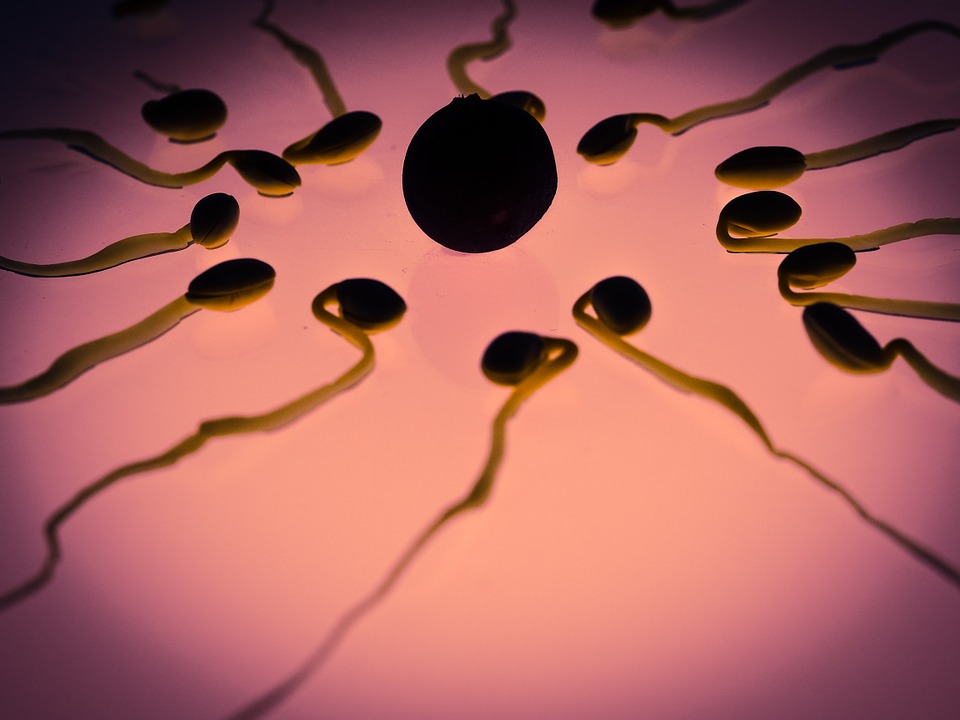Study: Formaldehyde exposure can significantly reduce sperm quality and cause male infertility
09/13/2022 / By Mary Villareal

Large amounts of formaldehyde from cars, burning wood and factories could significantly lessen the quality of sperm, according to a study.
Chinese researchers monitored 205 young men, more than half of whom had been working in a sawmill where burning wood led to high levels of chemicals lingering in the air. They found that these men had fewer mobile sperm compared to those working in office-based roles.
Researchers say formaldehyde is the reason for the decline. Previous research showed the chemical is damaging tissue and triggering inflammation, which impacts sperm quality. However, 80 percent of the participants also smoked and sixty percent drank alcohol, both of which are known to affect sperm quality – suggesting other factors may also be to blame.
Male sperm counts have been falling for decades, prompting concerns over male fertility. Evidence suggests that pollution from chemicals like formaldehyde as well as sedentary lifestyles may be behind the drop.
Decline in fertility also became a growing concern and an important public health issue when studies demonstrated that the fertility rate in the U.S. fell 45 percent between 1960 and 2002. Furthermore, around 14 percent of couples in industrialized countries experience difficulty with conception at some point in their lives, with male factors accounting for nearly half of the infertility cases.
Researchers from Xi’an Jiaotong University in Xi’an, central China, carried out their study in June last year, where their participants lived in the area and worked in wood industries for at least two years.

The participants had a BMI of about 24, which is just within the healthy range.
They were divided into two groups, with 124 working in environments with high formaldehyde levels and 81 working in environments with low formaldehyde levels.
Formaldehyde is a naturally occurring chemical found in the air but at very low concentrations. It is emitted when wood is burned at home or during forest fires, and also when fuel is burned in cars or via industrial processes. It is also widely used in resins, processing, hospitals and laboratories, as well as in the chemical industry for preserving, sterilizing and stabilizing purposes.
Formaldehyde classified as carcinogen and environmental contaminant
In the past decade, formaldehyde was classified as a carcinogen and ubiquitous environmental contaminant. As an important chemical for global economy, its output has reached over 46 billion pounds annually worldwide, with China surpassing the U.S. as the largest formaldehyde producer and consumer in the world.
The tests conducted by the research team suggested that everyone is exposed to at least some formaldehyde every day, although according to the U.S. Occupational Safety and Health Administration, these levels should be kept below 0.75 parts per million (ppm), with concerns that higher concentrations could raise the risk of cancer, breathing problems and skin rashes. (Related: Pfizer’s COVID vaccine causes miscarriages, stillbirths.)
To know how much formaldehyde participants were being exposed to, a detector was used to measure its leaves in the air. For the formaldehyde group, it was at 1.2 ppm or more than 50 percent higher than safe levels. Meanwhile, the other group is exposed to only trace amounts.
For comparison, major cities still do not have high enough levels of formaldehyde for it to become a concern. New York levels, for instance, do not go above 0.002 ppm even during rush hour.
Within two weeks of the measurements, participants were asked to masturbate into a cup, with their sperm studied up to an hour afterward.
People who had been exposed to high levels of formaldehyde were found to have sperms that are 0.99 percent less mobile than those in the other group. Their sperm were also more likely not to have formed correctly and had mutations in their DNA.
Meanwhile, there was no reduction in the number of sperm detected in either the control group or the formaldehyde group. Still, scientists blamed formaldehyde for the reduction in sperm quality, saying that studies have shown it could also lead to a lack of oxygen to tissues, or oxidative stress, that is triggering tissue damage and inflammation.
They also said that there is already evidence that some environmental pollutants can decrease the quality of the sperm.
Visit MensHealth.news for more stories about male fertility.
Watch the video below for more information about the global fertility crisis.
This video is from the What is happening channel on Brighteon.com.
More related stories:
Male fertility warning: Chemicals in household items can damage sperm in men, dogs.
Sources include:
Submit a correction >>
Tagged Under:
This article may contain statements that reflect the opinion of the author



















